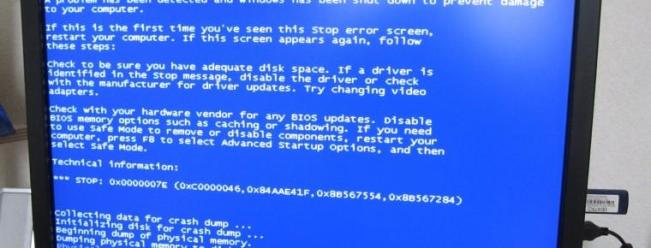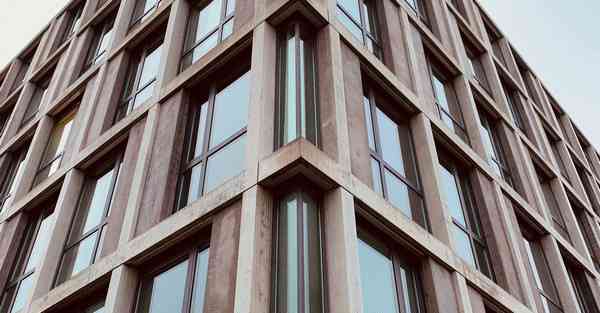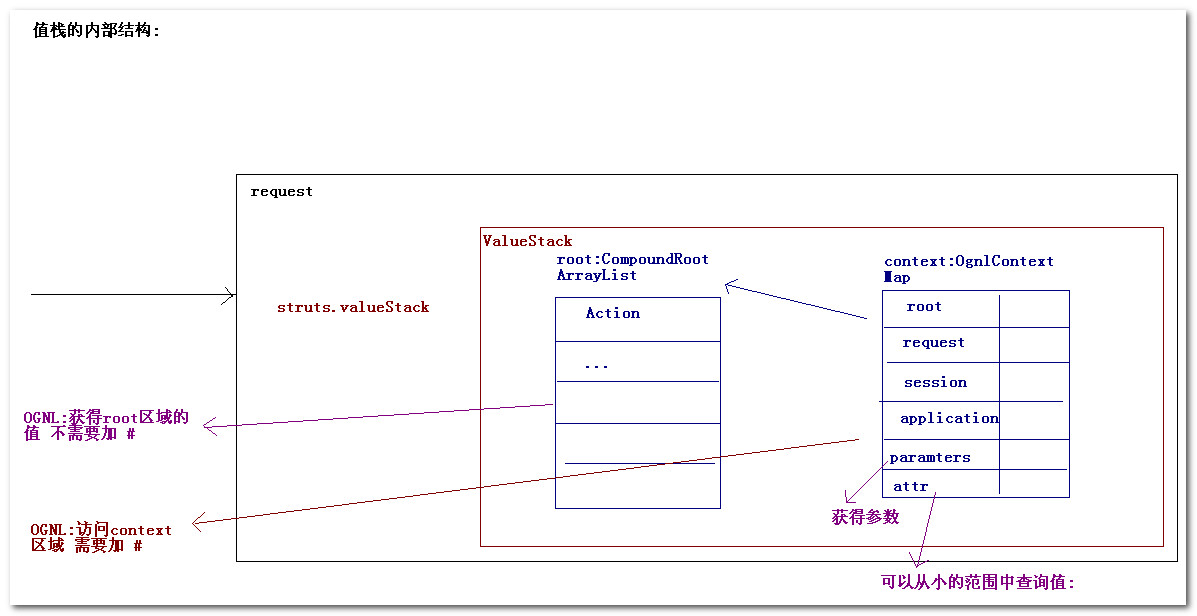在ViewRootImpl的setView方法中。用户的触摸按键消息是体如今窗体上的。而windowManagerService则是管理这些窗体,它一旦接收到用户对窗体的一些触摸按键消息,会进行对应的动作,这样的动作是须要体如今详细的view上面。在Android中。一个详细的界面是由一个Activity呈现的,而Activity中则包括了一个window,此window中又包括了一个phoneWindow。这个phoneWindow才是真正意义上的窗体。它把一个框架布局进行了一定的包装。并提供了详细的窗体操作接口,phoneWindow中包括了一个DecorView,这个view才是包括整个Activity的ui,它将被attach到Activity主窗体中。所以说用户触摸按键的消息是由windowManagerService捕捉到然后交给phoneWindow中的DecorView进行对应的处理。而连接两者的桥梁则是一个ViewRoot类,ViewRoot类由windowManagerService创建,其内部有一个W类。这个W类是一个binder,负责WindowManagerService的ipc调用。W接收到windowManagerService发送过来的消息后。把消息传递给ViewRoot,进而传递给ActivityThread解析做出处理,
1、在ViewRootImpl.java类的setView方法中:
<span style="font-size:14px;"><span style="white-space:pre"> </span>res = mWindowSession.addToDisplay(mWindow, mSeq, mWindowAttributes,getHostVisibility(), mDisplay.getDisplayId(),mAttachInfo.mContentInsets, mInputChannel);</span><span style="font-size:14px;"><span style="white-space:pre"> </span>public void onInputEvent(InputEvent event) {<span style="white-space:pre"> </span> enqueueInputEvent(event, this, 0, true);<span style="white-space:pre"> </span>}</span><span style="font-size:14px;">void enqueueInputEvent(InputEvent event,InputEventReceiver receiver, int flags, boolean processImmediately) {QueuedInputEvent q = obtainQueuedInputEvent(event, receiver, flags);// Always enqueue the input event in order, regardless of its time stamp.// We do this because the application or the IME may inject key events// in response to touch events and we want to ensure that the injected keys// are processed in the order they were received and we cannot trust that// the time stamp of injected events are monotonic.QueuedInputEvent last = mFirstPendingInputEvent;if (last == null) {mFirstPendingInputEvent = q;} else {while (last.mNext != null) {last = last.mNext;}last.mNext = q;}if (processImmediately) {// 马上处理事件doProcessInputEvents();} else {// 将事件放到队列的最后scheduleProcessInputEvents();}}</span><span style="font-size:14px;"> private void deliverInputEvent(QueuedInputEvent q) {Trace.traceBegin(Trace.TRACE_TAG_VIEW, "deliverInputEvent");try {if (q.mEvent instanceof KeyEvent) {// 假设是按键事件,也就是back、home等按键deliverKeyEvent(q);} else {// touch事件final int source = q.mEvent.getSource();if ((source & InputDevice.SOURCE_CLASS_POINTER) != 0) {deliverPointerEvent(q);} else if ((source & InputDevice.SOURCE_CLASS_TRACKBALL) != 0) {deliverTrackballEvent(q);} else {deliverGenericMotionEvent(q);}}} finally {Trace.traceEnd(Trace.TRACE_TAG_VIEW);}}</span><span style="font-size:14px;"> private void deliverPointerEvent(QueuedInputEvent q) {final MotionEvent event = (MotionEvent)q.mEvent;final boolean isTouchEvent = event.isTouchEvent();if (mInputEventConsistencyVerifier != null) {if (isTouchEvent) {mInputEventConsistencyVerifier.onTouchEvent(event, 0);} else {mInputEventConsistencyVerifier.onGenericMotionEvent(event, 0);}}// If there is no view, then the event will not be handled.if (mView == null || !mAdded) {// view对象为空。或者没有被加入,这个事件就不会被处理finishInputEvent(q, false);return;}// Translate the pointer event for compatibility, if needed.if (mTranslator != null) {mTranslator.translateEventInScreenToAppWindow(event);}// Enter touch mode on down or scroll.final int action = event.getAction();if (action == MotionEvent.ACTION_DOWN || action == MotionEvent.ACTION_SCROLL) {// 假设是MotionEvent.ACTION_DOWN// 假设是假设触摸方式改变,告诉wm。在本地进行处理// 每一次的按下操作就是一个触摸事件的改变ensureTouchMode(true);}// Offset the scroll position.if (mCurScrollY != 0) {event.offsetLocation(0, mCurScrollY);}if (MEASURE_LATENCY) {lt.sample("A Dispatching PointerEvents", System.nanoTime() - event.getEventTimeNano());}// Remember the touch position for possible drag-initiation.// 有可能拖拽開始。记录触摸的位置if (isTouchEvent) {mLastTouchPoint.x = event.getRawX();mLastTouchPoint.y = event.getRawY();}// Dispatch touch to view hierarchy.// 给view的层级上view分发事件// DecorView继承FrameLayout也就间接继承了ViewGroup,View// DoverView---->Activity-->PhoneWindow--->DocerView---->ViewGroupboolean handled = mView.dispatchPointerEvent(event);if (MEASURE_LATENCY) {lt.sample("B Dispatched PointerEvents ", System.nanoTime() - event.getEventTimeNano());}if (handled) {// 结束事件finishInputEvent(q, true);return;}// Pointer event was unhandled.// 暗示事件已经被处理finishInputEvent(q, false);</span><span style="font-size:14px;">public final boolean dispatchPointerEvent(MotionEvent event) {if (event.isTouchEvent()) {// 假设是触摸事件return dispatchTouchEvent(event);} else {// 假设是一般的移动事件return dispatchGenericMotionEvent(event);}}</span><span style="white-space:pre"> </span>@Overridepublic boolean dispatchTouchEvent(MotionEvent ev) {// callback就是Activity本身final Callback cb = getCallback();// 假设Activity不为空,而且没有被销毁,则调用Activity的dispatchTouchEvent// 否则调用父类的dispatchTouchEventreturn cb != null && !isDestroyed() && mFeatureId < 0 ? cb.dispatchTouchEvent(ev): super.dispatchTouchEvent(ev);}public boolean dispatchTouchEvent(MotionEvent ev) {if (ev.getAction() == MotionEvent.ACTION_DOWN) {// 在dispatch之前做一些操作,事实上什么也没做onUserInteraction();}// 调用PhoneWindow中的superDispatchTouchEvent// PhoneWindow中superDispatchTouchEvent 直接调用了mDecor的superDispatchTouchEvent// mDecore的superDispatchTouchEvent方法中直接调用super.dispatchOnTouchEvent// 也就是開始进入了viewGroup中的dispatchOnTouchEvent方法if (getWindow().superDispatchTouchEvent(ev)) {return true;}// 当Activity中全部的View都不处理Event的时候,就用由Activity的onTouchEvent()来处理// 通知window关闭这个touch事件return onTouchEvent(ev);} public boolean onTouchEvent(MotionEvent event) {if (mWindow.shouldCloseOnTouch(this, event)) {finish();return true;}return false;} @Overridepublic boolean superDispatchTouchEvent(MotionEvent event) {return mDecor.superDispatchTouchEvent(event);} public boolean superDispatchTouchEvent(MotionEvent event) {return super.dispatchTouchEvent(event);}继而推断是否拦截此事件,然后遍历全部的孩子以便找到一个能够接收此事件的孩子,假设child不存在TouchTarget中,则把事件分发给子view,这个寻找是依据view的区域来寻找的。假设childView没有消费掉此事件,则 自己处理的事件,假设自己也没有处理。回溯至父view处理,否则viewGroup把事件一级一级的递归传递,假设child是一个viewGroup,则反复上述的步骤,假设是view,直接调用dispatchTouchEvent方法。
public boolean dispatchTouchEvent(MotionEvent ev) {if (mInputEventConsistencyVerifier != null) {mInputEventConsistencyVerifier.onTouchEvent(ev, 1);}boolean handled = false;if (onFilterTouchEventForSecurity(ev)) {final int action = ev.getAction();final int actionMasked = action & MotionEvent.ACTION_MASK;// Handle an initial down.if (actionMasked == MotionEvent.ACTION_DOWN) {// Throw away all previous state when starting a new touch gesture.// The framework may have dropped the up or cancel event for the previous gesture// due to an app switch, ANR, or some other state change.// ACTION_DOWN意味着touch事件的改变,所以须要把之前的TouchTargets和TouchState都clear掉。mFirstTouchTarget = nullcancelAndClearTouchTargets(ev);// 重置触摸的状态resetTouchState();}// Check for interception.final boolean intercepted;if (actionMasked == MotionEvent.ACTION_DOWN|| mFirstTouchTarget != null) {final boolean disallowIntercept = (mGroupFlags & FLAG_DISALLOW_INTERCEPT) != 0;if (!disallowIntercept) {// 拦截事件,默认返回false,表示不拦截,假设拦截了就不继续往以下运行了intercepted = onInterceptTouchEvent(ev);ev.setAction(action); // restore action in case it was changed} else {intercepted = false;}} else {// There are no touch targets and this action is not an initial down// so this view group continues to intercept touches.intercepted = true;}// Check for cancelation.final boolean canceled = resetCancelNextUpFlag(this)|| actionMasked == MotionEvent.ACTION_CANCEL;// Update list of touch targets for pointer down, if needed.final boolean split = (mGroupFlags & FLAG_SPLIT_MOTION_EVENTS) != 0;TouchTarget newTouchTarget = null;boolean alreadyDispatchedToNewTouchTarget = false;if (!canceled && !intercepted) {if (actionMasked == MotionEvent.ACTION_DOWN|| (split && actionMasked == MotionEvent.ACTION_POINTER_DOWN)|| actionMasked == MotionEvent.ACTION_HOVER_MOVE) {final int actionIndex = ev.getActionIndex(); // always 0 for downfinal int idBitsToAssign = split ?1 << ev.getPointerId(actionIndex) : TouchTarget.ALL_POINTER_IDS; // Clean up earlier touch targets for this pointer id in case they // have become out of sync. removePointersFromTouchTargets(idBitsToAssign); final int childrenCount = mChildrenCount; if (childrenCount != 0) { // Find a child that can receive the event. // Scan children from front to back. // 遍历全部的孩子,以便找到一个能够接收这个事件的孩子 // 某个区域内的孩子 final View[] children = mChildren; final float x = ev.getX(actionIndex); final float y = ev.getY(actionIndex); final boolean customOrder = isChildrenDrawingOrderEnabled(); for (int i = childrenCount - 1; i >= 0; i--) { final int childIndex = customOrder ?
getChildDrawingOrder(childrenCount, i) : i; final View child = children[childIndex]; if (!canViewReceivePointerEvents(child) || !isTransformedTouchPointInView(x, y, child, null)) { continue; } // 推断child是否在TouchTarget中 newTouchTarget = getTouchTarget(child); if (newTouchTarget != null) { // 存在 // Child is already receiving touch within its bounds. // Give it the new pointer in addition to the ones it is handling. newTouchTarget.pointerIdBits |= idBitsToAssign; break; } resetCancelNextUpFlag(child); // child不存在TouchTarget中,则调用dispatchTransformedTouchEvent // 把event分发给子view,这里并非做处理。应该就是找到touch区域 if (dispatchTransformedTouchEvent(ev, false, child, idBitsToAssign)) { // Child wants to receive touch within its bounds. mLastTouchDownTime = ev.getDownTime(); mLastTouchDownIndex = childIndex; mLastTouchDownX = ev.getX(); mLastTouchDownY = ev.getY(); newTouchTarget = addTouchTarget(child, idBitsToAssign); alreadyDispatchedToNewTouchTarget = true; break; } } } if (newTouchTarget == null && mFirstTouchTarget != null) { // Did not find a child to receive the event. // Assign the pointer to the least recently added target. newTouchTarget = mFirstTouchTarget; while (newTouchTarget.next != null) { newTouchTarget = newTouchTarget.next; } newTouchTarget.pointerIdBits |= idBitsToAssign; } } } // Dispatch to touch targets. if (mFirstTouchTarget == null) { // mFirstTouchTarget 为空。表示childview没有将此事件消费掉,则自己处理这个event // 假设viewGroup自己也没有处理。则回溯到父view进行处理 // No touch targets so treat this as an ordinary view. handled = dispatchTransformedTouchEvent(ev, canceled, null, TouchTarget.ALL_POINTER_IDS); } else { // Dispatch to touch targets, excluding the new touch target if we already // dispatched to it. Cancel touch targets if necessary. TouchTarget predecessor = null; TouchTarget target = mFirstTouchTarget; while (target != null) { final TouchTarget next = target.next; if (alreadyDispatchedToNewTouchTarget && target == newTouchTarget) { handled = true; } else { final boolean cancelChild = resetCancelNextUpFlag(target.child) || intercepted; // viewGroup把事件递归传递,假设child是一个gourp。则反复上述步骤 // 假设是view,则直接调用dispatchTouchEvent方法 if (dispatchTransformedTouchEvent(ev, cancelChild, target.child, target.pointerIdBits)) { handled = true; } if (cancelChild) { if (predecessor == null) { mFirstTouchTarget = next; } else { predecessor.next = next; } target.recycle(); target = next; continue; } } predecessor = target; target = next; } } // Update list of touch targets for pointer up or cancel, if needed. if (canceled || actionMasked == MotionEvent.ACTION_UP || actionMasked == MotionEvent.ACTION_HOVER_MOVE) { resetTouchState(); } else if (split && actionMasked == MotionEvent.ACTION_POINTER_UP) { final int actionIndex = ev.getActionIndex(); final int idBitsToRemove = 1 << ev.getPointerId(actionIndex); removePointersFromTouchTargets(idBitsToRemove); } } if (!handled && mInputEventConsistencyVerifier != null) { mInputEventConsistencyVerifier.onUnhandledEvent(ev, 1); } return handled; }
public boolean dispatchTouchEvent(MotionEvent event) {if (mInputEventConsistencyVerifier != null) {mInputEventConsistencyVerifier.onTouchEvent(event, 0);}if (onFilterTouchEventForSecurity(event)) {//noinspection SimplifiableIfStatementListenerInfo li = mListenerInfo;if (li != null && li.mOnTouchListener != null && (mViewFlags & ENABLED_MASK) == ENABLED&& li.mOnTouchListener.onTouch(this, event)) {// 要想运行onTouchEvent方法上述三个条件仅仅要一个不满足就能够了// return true;}if (onTouchEvent(event)) {return true;}// 假设全部的View都不处理TouchEvent,最后由Activity来处理}if (mInputEventConsistencyVerifier != null) {mInputEventConsistencyVerifier.onUnhandledEvent(event, 0);}return false;}
public boolean onTouchEvent(MotionEvent event) {if (mWindow.shouldCloseOnTouch(this, event)) {finish();return true;}return false;}













